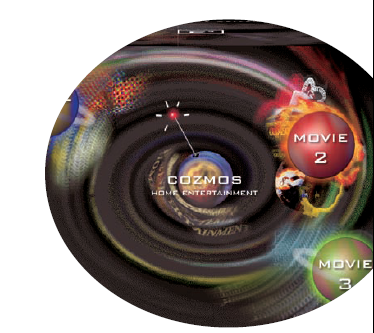Chapter 14. Controlling Page Layout
In This Chapter
Setting page margins for your Web page
Adding space around images and text
Designing HTML page templates for production
HTML was originally designed by gear-heads who were thinking less about design and more about the practical aspect of linking pages of text together. As a result, a lot of page design features were afterthoughts. Because designers have become a part of the Web industry, HTML has evolved to include a few more page layout control features, such as the ability to adjust table elements and the robust control afforded by Cascading Style Sheets, or CSS, which allow you to place stuff wherever you want and apply formatting to text and graphics.
In this chapter, you find out how to work with tables more effectively and understand how a few common CSS techniques can help you gain more control over your Web page designs. After you finish laying out your pages, you can save them as HTML page templates that the production team can use throughout the site for a consistent presentation of the content.

Fixed-Width and Stretchy Tables
You can approach the width of a table in two ways. The table can always be a fixed width, say 800 pixels wide to accommodate the current standard for designing Web sites, or it can expand and contract with the width of the user's browser window.
While creating a stretchy table that expands and shrinks is ...
Get Web Design For Dummies®, 2nd Edition now with the O’Reilly learning platform.
O’Reilly members experience books, live events, courses curated by job role, and more from O’Reilly and nearly 200 top publishers.

